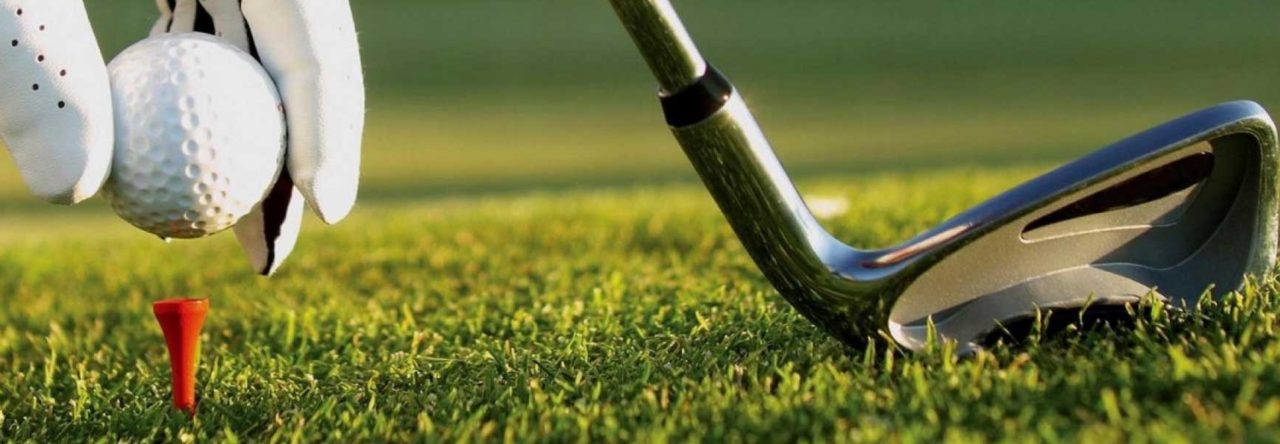With the new year upon us and 2019 already off to a busy start, I thought now would be a perfect time to unveil the newest project we have been working on.
While we spoke about an ebook in the works over a year ago, up until early December it really was something that had been pushed to the back burner. Thankfully, a few long flights and a handful of days off gave me the chance to finally finish up the manuscript.
After all the time spent on writing, cover art, and proofreading I am extremely excited to announce our first ebook from The Golf Academy:
A Golfer’s Practice Plan: Drills and Insight to Slash Your Scores
______________________________________________________
Our Design
At the root of our design for this ebook was really finding a solution to the average golfers struggle to improve; their stagnation, we ultimately found, was due to a shortage of practice time coupled with the lack of focus many golfers have while they practice.
This guide speaks to both of these problems and provides advice to help you get the most out of your practice sessions and your golfing season.
By grabbing insight from practice theory, psychology, and almost a decade of teaching experience I think my team and I have hit the nail on the head when it comes to the content inside this guide.
With that being said, my team and I would be extremely happy to share our newest project with all of you.
And, to make things even sweeter, we’ll share it with you for free.
We want to share all this great information with you and we don’t want it to cost you a dime. In fact, we’ll even send it to your email if you’d like us to!
If you are interested in getting our new ebook delivered to your inbox, there’s a sign-up form below that’ll get you your new ebook automatically. Not only will this get you our new ebook, but it will also sign you up to get all of our new blog posts in your inbox as well (something we would love to have you on board for!).
Otherwise, if you don’t want to sign up for another mailing list, the download for a PDF is also down below. This way you’ll always have it with you and, better yet, it’ll be all set for you to send to a friend or playing partner (we’d appreciate that also!)
At the end of the day, we truly want to share our experience and advice with golfers that are looking to improve; hopefully, this guide helps do that for you.
If it does, please come reach out to us in the comments below or on Twitter and let us know! We’d love to hear what you think of our guide or anything golf related in general!
With that said, I really do want to thank you for coming along with us through the golfing world. We’re so grateful you’re at The Golf Academy with us and we hope you enjoy our newest guide.
Cheers,
Sully



